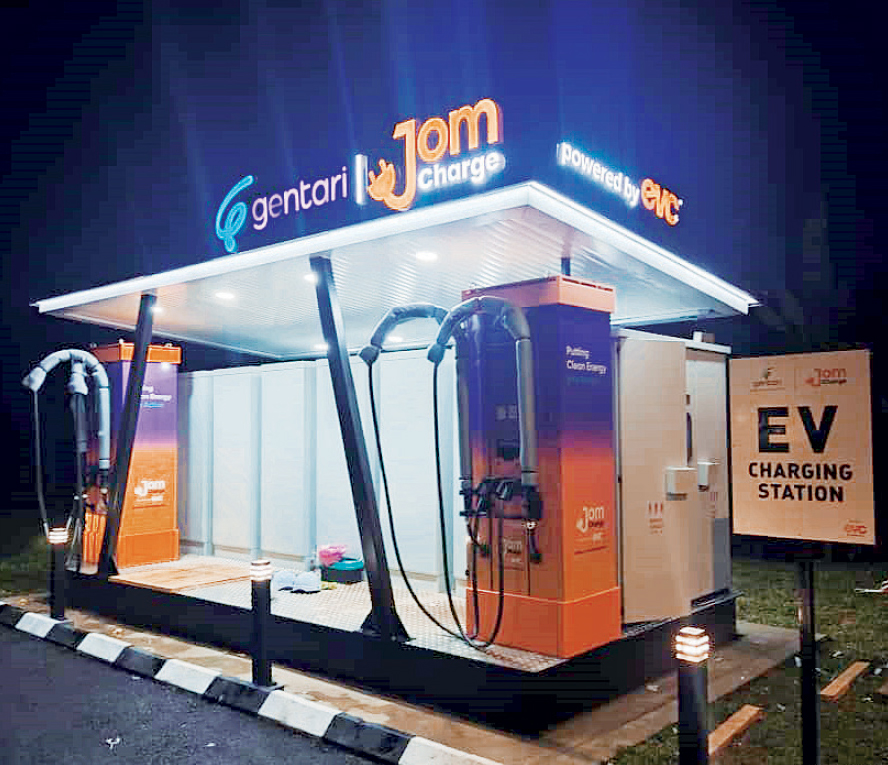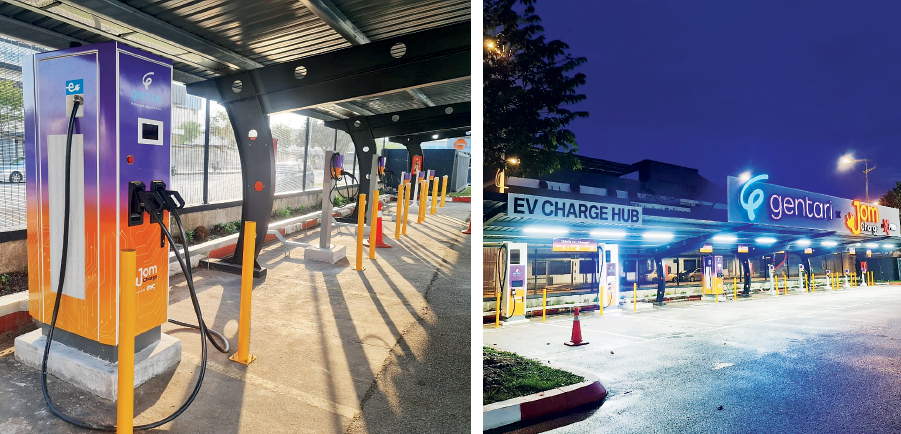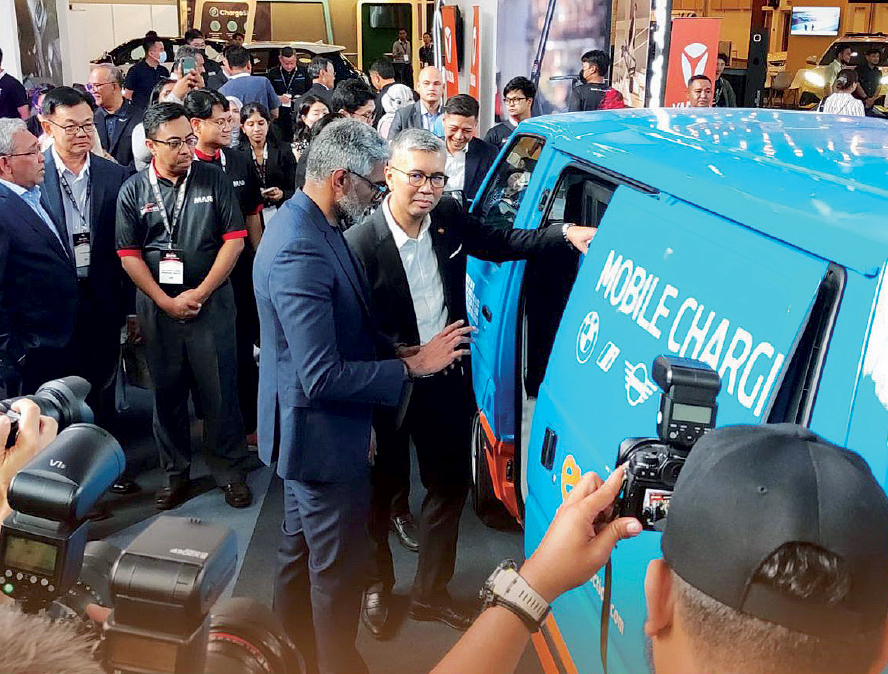
This article first appeared in The Edge Malaysia Weekly on November 6, 2023 - November 12, 2023
In 2017, Lee Yuen How, the director of EV Connection Sdn Bhd (EVC), bought the only blue Renault Zoe available in Malaysia, which was a second-hand electric vehicle (EV). This was when EVs were not commonly seen on roads, much less EV chargers.
It was not an easy feat to get his hands on the EV then, says Lee, but it was worth it. Owning an EV opened his eyes to the quiet driving experience, and the smooth acceleration and deceleration were a plus.
“It’s not easy to switch back to an internal combustion engine vehicle once you have owned an EV,” says Lee, who now drives a Tesla Model 3.
His passion for EVs continued throughout the years, and in 2016, he founded EVC to install EV charging infrastructure in the country through the brand JomCharge and by supporting original equipment manufacturers (OEM).
But EVC is not just a manufacturer or charge point operator. Lee tries to keep the company at the forefront of innovation by establishing a research and development team to repurpose second-life EV batteries, which will become a challenge to manage in the future as the number of EVs increases significantly.
“In EVC, one of our greatest assets is having a group of passionate people who want to make a difference in the e-mobility revolution. I believe having the right and like-minded people is the foundation that allows EVC to continue delivering sustainable and innovative charging solutions and contribute towards a more sustainable future,” says Lee.
Volvo was the first to approach EVC many years ago to deploy charging facilities in its showrooms and for its customers. Meanwhile, Caltex opened its doors to allow EVC to install charging solutions at its petrol stations, despite the uncertainty surrounding EV solutions in its earlier days. Since then, EVC has worked with many other companies to provide EV charging solutions.
“We started very early and our track record of working with many OEMs and O&G [oil and gas] companies makes us a trusted partner for any company interested in providing EV charger facilities,” says Lee.
EVC is certified by TUV Rheinland as a certified EV charger installer and has branched out to Johor Bahru and Penang.
Staying ahead of the curve
Fitch Solutions forecasts a surge in Malaysia’s EV sales in 2023, with a growth rate of 45.6%, propelling the total EV sales to 4,449 units. With the increasing demand and adoption of EVs, EVC is repurposing old EV batteries to give them a second life and create a circular economy instead of dumping them in landfills.
The EV battery capacity falls below 80% to 85% after eight to 10 years of use. While it can no longer support EVs after that time, it can be repackaged and used for less demanding, stationary energy storage solutions.
EVC is currently working with BMW to repurpose old EV batteries into battery banks and for mobile charging, which alleviates range anxiety for BMW EV drivers.
Other than that, EVC is planning to use old EV batteries to build modular charging stations, the first of which will be deployed along the PLUS highway. This cost the company RM4 million to build. The modular charging station is able to store solar energy in the battery and use it to charge EVs.
Challenges of adopting EVs
One of the burning questions around EVs is the environmental and social impact of their manufacturing process. Lithium-ion batteries contain metals such as cobalt, nickel and manganese, which are toxic and can contaminate water supplies and ecosystems if they leach out of landfills. Nickel is found in places like Congo or Indonesia, where labour rights could be ignored.
But now, there is an alternative in sodium batteries, which are made mainly from salt, an abundant resource, says Lee.
Another common concern is that EVs are charged using electricity from the grid, which in Malaysia is still primarily powered by fossil fuels.
“What we can do is, once EVs are in, you still have carbon emissions from the source of the generation, but if you were to use renewable energy and solar, the carbon dioxide emissions can actually be [reduced],” says Lee.
As for the relatively high price of purchasing and charging EVs at the moment, Lee suggests redirecting fuel subsidies to the bottom 40% (B40) and middle 40% (M40) income groups. Redirecting these funds could promote the adoption of EVs, especially among lower-income groups.
“In Thailand, 80% of EV buyers are from the M40 and B40 groups, particularly taxi drivers,” says Lee.
To make the adoption of EVs even more convenient in Malaysia, EVC has signed a roaming agreement with two other charge point operators, Gentari and ChargeEV, who cover over 70% of the public chargers in the market. Instead of downloading different apps, the roaming agreement allows users to seamlessly access the network of chargers.
Save by subscribing to us for your print and/or digital copy.
P/S: The Edge is also available on Apple's App Store and Android's Google Play.





